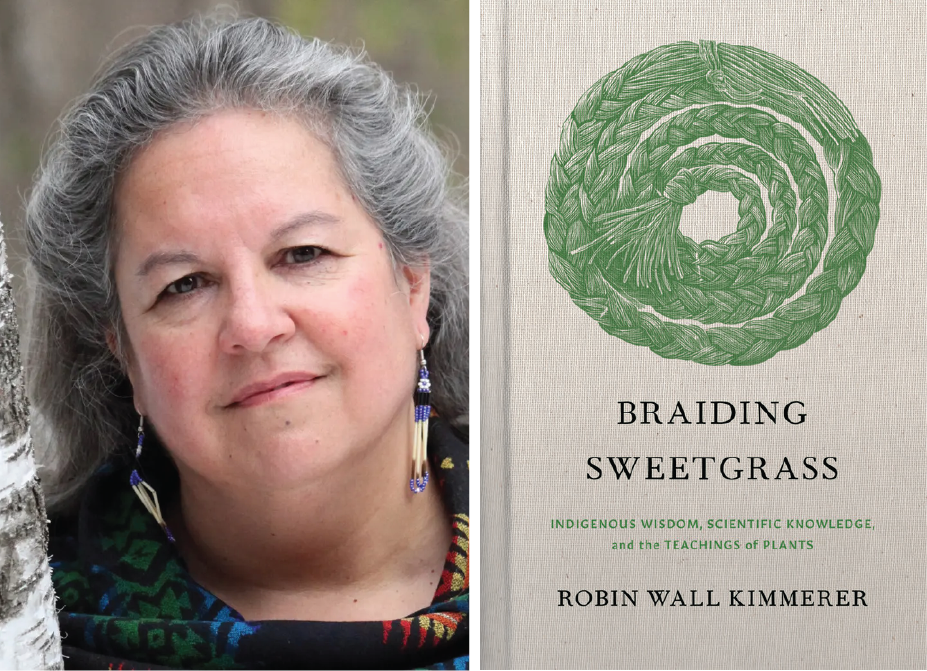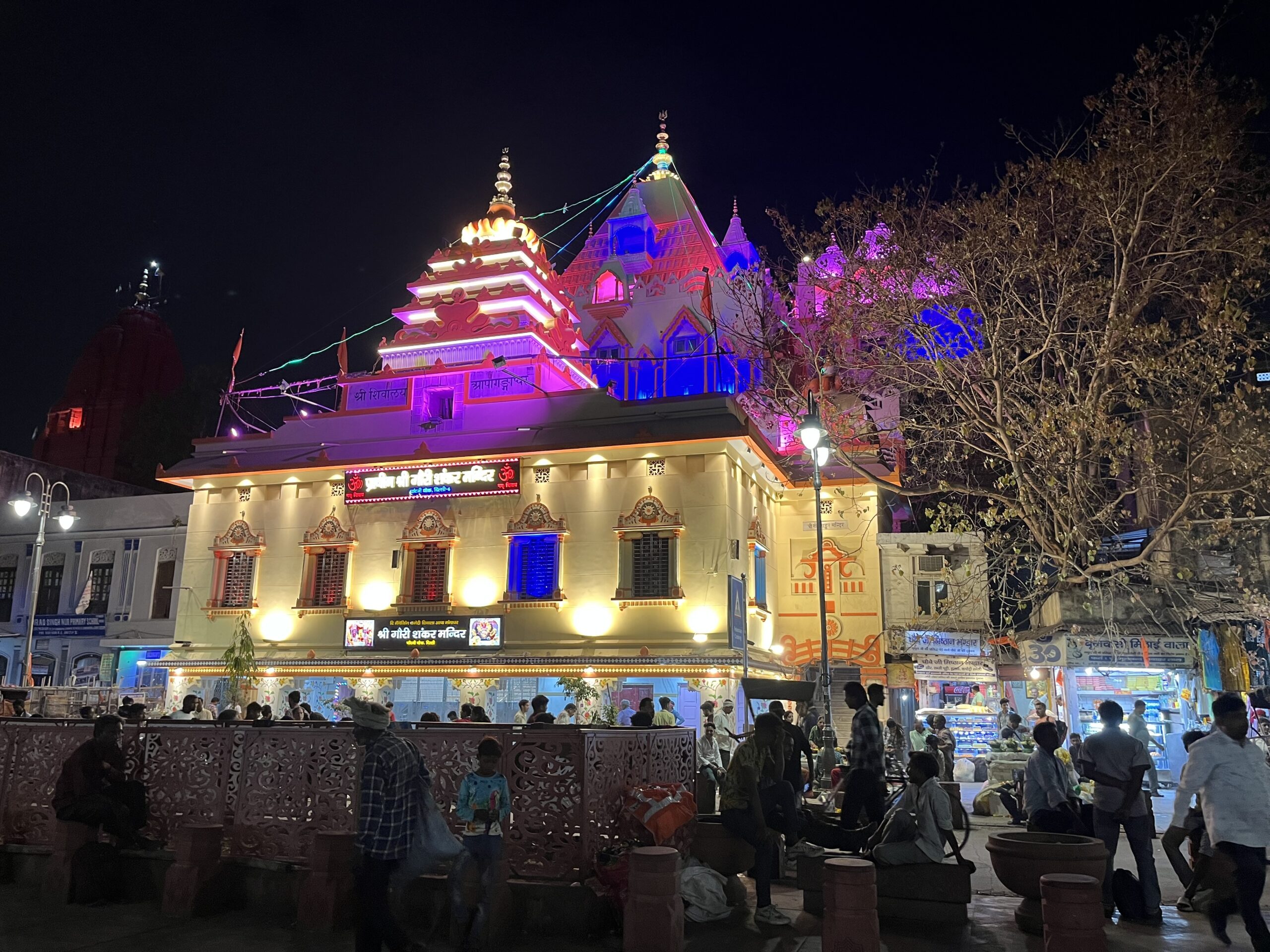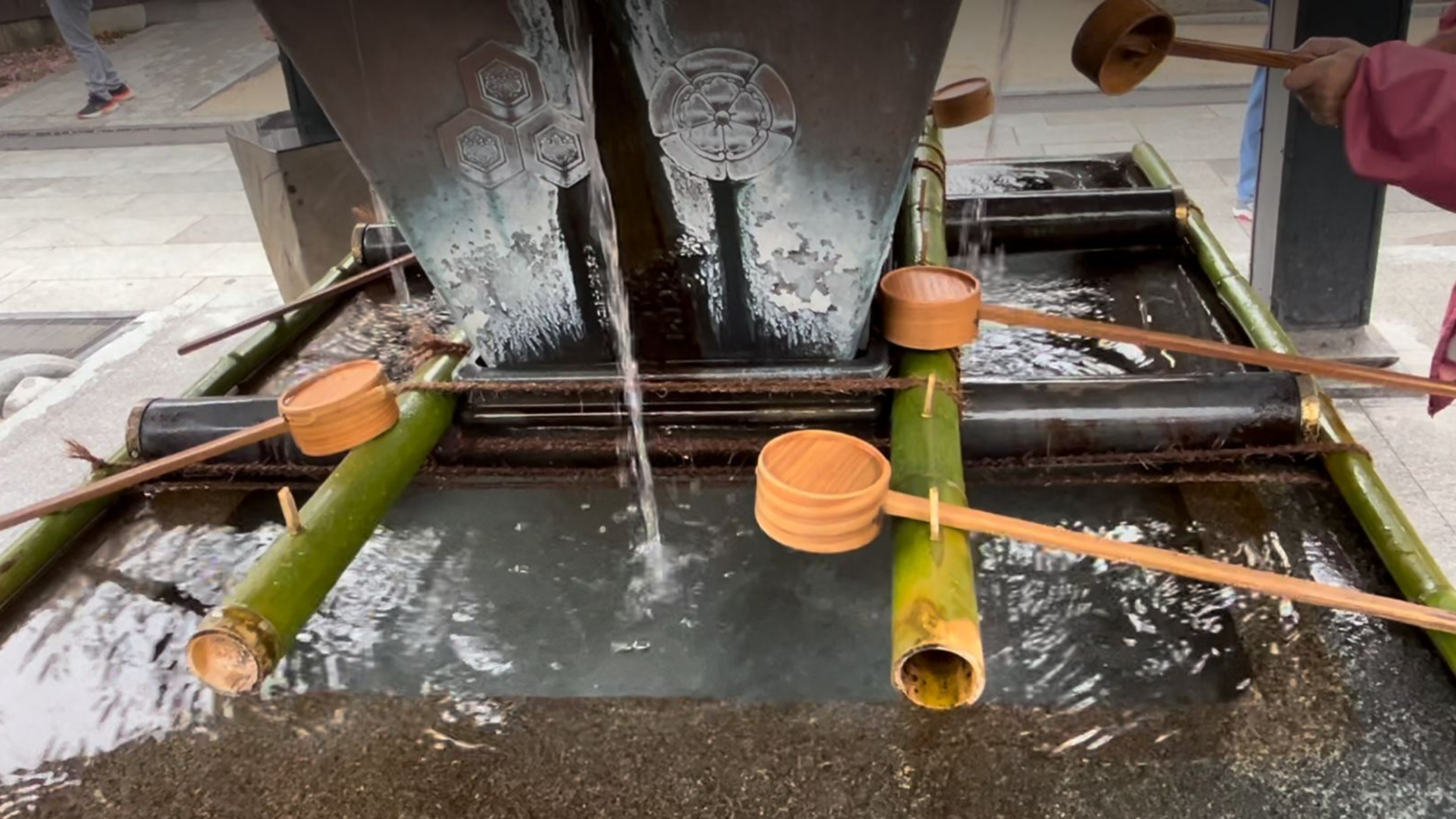Today is Canada’s National Day for Truth and Reconciliation, also known as Orange Shirt Day, a day focused on the horrible way Canada has treated Indigenous peoples. There are many activities today including a schedule of virtual talks you can listen to. I hope you find something to join and learn from.
I wanted to mark the day by sharing with you a fascinating and beautiful book, maybe a sacred text in a way, that I have been reading by Robin Wall Kimmerer. The book is aptly titled Braiding Sweetgrass: Indigenous Wisdom, Scientific Knowledge and the Teaching of Plants. Kimmerer is many things: an Indigenous woman, mother, botanist and university professor, and surely a poet (her description and mine). I feel slightly inadequate to the task of describing the book. It was so many things. Part science. Part poem. Part ecological wisdom. Honestly, at times, I felt I was holding a prayer in my hands.
Central to Kimmerer’s message is what the Mi’kmaq call Two-Eyed Seeing. Kimmerer does not use the term but shares the same idea: namely that science and Indigenous outlooks can compliment one another, each bringing a different set of eyes, outlooks and assumptions. Kimmerer brings extra credibility as a scientist and she uses studies and specific examples where Indigenous perspectives brought insights that Western science could miss.

A central thread in her work is reciprocity. She shares how an academic study showed that sweetgrass spreads more if it is partly harvested. Without humans taking some (but not all!) the plant does not do as well. Kimmerer suggests that the plant has co-evolved with humans and that many plants not only benefit us, but that we can benefit them. She also has wonderful chapters on specific plant relationships like how goldenrod and purple asters have colours that contrast in ways that create delight – both for bees and humans. Together, they attract more bees and get more pollination than they would alone. She asks “Might science and traditional knowledge be purple and yellow to one another, might they be goldenrod and asters?”
I can’t convey the warmth of her writing. Reading it often felt like meditation. Motherhood has deeply shaped her outlook and frames the way she sees the earth, as a mother bestowing gifts. She feels Indigenous peoples have had the ears to learn this lesson. In her chapter “Allegiance to Gratitude,” she shares the Onondaga Thanksgiving Address, used to open the day at an Indigenous school. It is not a pledge of allegiance but a statement of gratitude. She asks what happens when you see yourself awash in gifts. Capitalism and consumer culture emphasizes lack and unmet needs. But this “culture of gratitude” (pg.115) stresses contentment and abundance. In the chapter, she reveals page by page how this Address is so many things: an economic model, a science lesson, a civics lesson, a statement of identity and even a model of leadership (a leader being one who gives).
Kimmerer’s book emphasizes the gifts of nature but her work is its own gift. She speaks of all that mother earth births and she has birthed a little pocket of loving wisdom, found in quiet pages.
On this day of reconciliation, we could all use some Two-Eyed Seeing. Kimmerer reminds us to be grateful for the chance to do so.




